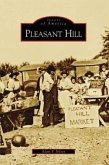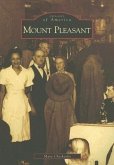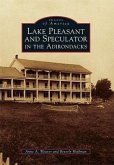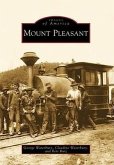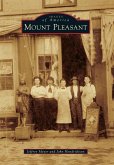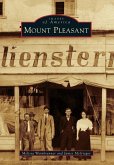If the Hohokam beheld Lake Pleasant today, spreading across the desert northwest of Phoenix, their eyes would scarcely recognize their home. Nearly a century ago, early pioneers in central Arizona were inspired by the Hohokam's hand-dug irrigation to divert the Agua Fria River from the Bradshaw Mountains, creating colossal agricultural potential in the Sonoran Desert. Lake Pleasant stands alone among the great reclamation efforts of the West, largely due to the tenacity of one man--William H. Beardsley, who died before it was completed. Beardsley, along with other visionaries like Carl Pleasant and Donald Waddell, overcame all odds to create the Pleasant Dam, which was completed in October 1927 and was later renamed the Waddell Dam. In the late 20th century, the New Waddell Dam was constructed, which tripled the size of the lake and made the water flow uphill, back into Lake Pleasant. Today Lake Pleasant Regional Park offers visitors over 20,000 acres of crystal clear water ideal for boating, water sports, and fishing and over 140 developed sites for RV and tent camping.


